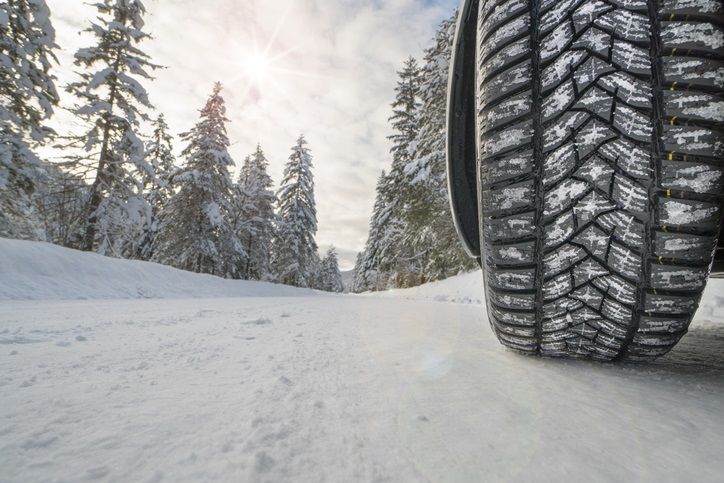
Cold weather has arrived in the D.C. area and with that often comes car trouble if certain preventative steps aren’t taken.
Bruce Jenkins, AAA Mid-Atlantic Club Fleet Manager of Operations in Springfield and Richmond, Virginia, says that there are few crucial things that can be done to ensure that getting the car started and rolling when it’s needed happens even when the temperatures drop.
“I think the biggest thing that we see when the temperatures start to drop and it’s freezing or close to that is battery issues,” Jenkins said. “A majority of what we see first thing in the morning after a cold night is a lot of dead batteries when cars won’t start.”
He added that battery life in this region is generally three to five years. Jenkins suggests that batteries be tested before it gets cold, which can be done for free for those who are AAA members.
AAA’s battery program has service vehicles that carry batteries to fit most vehicles, which means they can check car batteries and replace them on the scene of where the car failed to start if needed.
And if the car sits for awhile and doesn’t get used much, Jenkins says that AAA sells trickle chargers.
“It’s basically a solar charger, and as long as it’s parked outside it can pick up the sunlight. It won’t charge your battery, but it will help it maintain enough juice in your battery to start your vehicle,” Jenkins said.
Another major issue when it comes to cars in the cold is tire pressure.
Jenkins says that the tire pressure monitoring system, or TPMS, will prompt a light to come on in the car when the air pressure is too low.
“Usually when the temperature dips, for each 10 degrees you’ll probably lose like a pound of air,” Jenkins said. “So if it dips 30 or 40 degrees you lose 4 or 5 pounds of air. That’s enough to set off your light.”
In order to avoid that call to AAA, Jenkins said that the “penny test” can be done to see if tires need to be replaced.
“Put a penny in the tread of the tire upside down. If you can see the top of Lincoln’s head, you probably need new tires,” Jenkins said.
Overall, Jenkins said that drivers should be prepared when the weather starts to get colder, not only by getting their batteries and tire pressure checked but by having a few things in the car ahead of time.
“Make sure you have a safe kit out there,” Jenkins said. “Put some jumper cables, wear warm clothing, have your cell phone charged … and bring some flashlights and some snacks and food for yourself and for your pets, if you travel with your pets, just to make sure that if you do get stranded on the road that you’ll be okay for a few hours.”
WTOP’s Mike Murillo contributed to this report.









